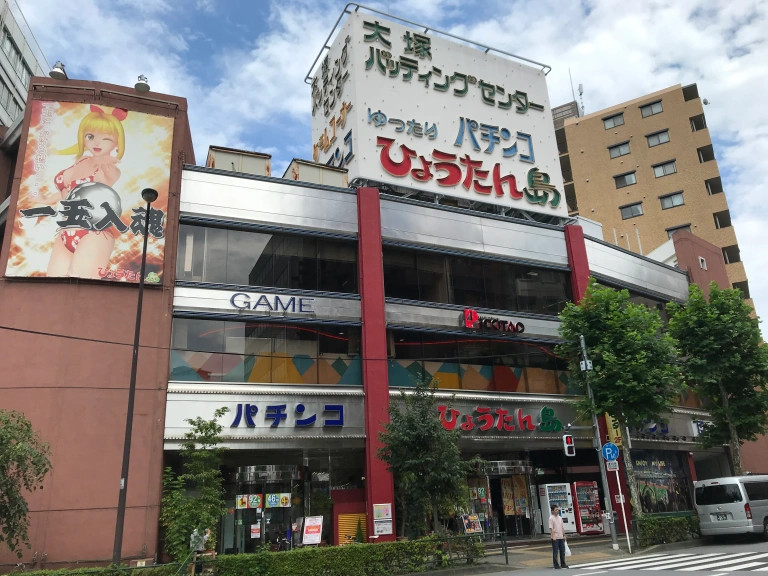
The neighborhood of Otsuka is very different from what it once was–and even more so without its most iconic building.
If you’ve been to the Tokyo neighborhood of Otsuka before, then you’ve probably seen the area’s most recognizable landmark, a building affectionately known as Hyotanjima. This decades-old pachinko parlor, batting center, and arcade has greeted commuters in front of JR Otsuka Station and the Toden Arakawa Line Otsuka Station since the 1970s, but on June 30, it closed its doors for good.
For our Japanese-language reporter Mariko Ohanabatake, who has lived near the Otsuka area for 20 years, this news came as a shock. For her, it was like when the Shibuya 109 building, probably the most famous building in Shibuya, temporarily closed during COVID. For her, Hyotanjima is the same level of iconic, and its absence would leave a hole.
Still, Mariko has to admit that Hyotanjima closing is just another aspect of the many changes that Otsuka, a former bar and entertainment district, has experienced over the years. Like the Kabukicho neighborhood of Shinjuku, the area is modernizing, but there are still traces of the neighborhood’s former glory. To reflect on the evolution of the area, Mariko went to visit Hyotanjima on its last day of business and decided to do a memorial tour of the town in its honor.
Hyotan was the weathered-looking building on the left of the South Exit of JR Otsuka Station, most recognized for its huge neon signs.
The building opened in 1976 and was the home of the Otsuka Batting Center, Gametown Pikotao, and Pachinko Hyotanjima, which is where the building gets its name. With so much to do, it must have served as a palace of entertainment in the Showa era. Incidentally, the Otsuka Batting Center opened before the construction of the building in 1965 and was actually Japan’s oldest batting center.
Before the development of the building, the south side of Otsuka Station was pretty dark, but the addition of the new building added brightness to the area with its colorful neon signs. Mariko has memories of feeling an inexplicable sense of relief whenever those brightly shining lights came into view on her way home at night.
Sadly, Mariko doesn’t play baseball, pachinko, slots, or arcade games, so she had never stepped foot inside before crossing the threshold on its very last day.
She arrived slightly before the building opened at 9:30. Besides the signs on the door notifying patrons of the facility’s closing, it looked otherwise the same as it always had. There were only three people lined out the door, and they looked like regulars. Mariko had expected more people to be waiting, since it was the last day.
When the building opened, she headed up to the batting center and was surprised to see that the yellow building was also painted with bold colors on the inside.
Home run rankings and hit rankings were pasted on the wall of the stairwell, showing off its many years of history.
The place felt very homey and comforting, like they had created it together with the customers. For example, the stairs had calorie counts on them for every step, with encouraging (but somewhat outdated) speech bubbles like “Train your muscles and get slim legs!”
Then, the wall by the entrance to the batting center was packed with autographs from celebrities and pro baseball players.
They even had the autograph of the famous Ichiro Suzuki fan who looks like him, Ni-chiro, which Mariko found very amusing.
▼ It’s the one on the bottom
By this time, Mariko noticed that more people had arrived at Hyotanjima in celebration of its last day, and a line had formed at the batting cages.
A lot of people were sitting in the chairs at the game center and watching the batters practice as they waited their turn.
There were also a lot of TV station crews collecting final-day footage.
With so many people there in the afternoon, Mariko couldn’t imagine how packed it would be after the end of the workday.
Mariko thought she’d explore the game center a bit, but many of the arcade machines had “out of order” signs on them, which made her very sad.
Since it started to get crowded with regulars, she decided not to hang around for too long and interrupt the last day for the people who truly loved this place.
▼ “Come back again soon!” one weathered sign said.
Outside, she decided to continue her tour of Showa-era vibes from the ’70s and ’80s. She started with Otsuka Sangyo-dori, a small street overflowing with 20th-century flavor that runs alongside Hyotanjima.
From the Taisho period (1912-1926) to the Showa period (1926-1989), Otsuka flourished as red-light district, and the area along Sangyo-dori stretching to the south was filled with restaurants, geisha houses, and “tatami meeting rooms” (a euphemism for brothels).
Here, wealthy and powerful people would hire geisha and hold banquet parties, secret conferences, and other colorful activities.
In its heyday, the neighborhood was home to hundreds of geisha, making it one of the busiest areas in Tokyo.
But over time, the appeal of geisha quarters and older red-light districts began to die out with the rise of more modern hostess bars and luxury clubs, and the number of geisha and traditional Japanese restaurants in the neighborhood gradually declined.
The remains of those businesses can be found on Otsuka Sangyo-dori, but there are very few geisha around today. Mariko once read that a few years ago you could request a geisha to perform at several traditional restaurants in the area, but after COVID, she’s not sure that that’s still an option.
Many of the old buildings have been demolished, but some were repurposed into hotels and other businesses.
For those who enjoy a drink, there are a lot of hole-in-the-wall bars in Otsuka, but they don’t have the kind of prices where the average person can just drop by on a whim.
This route connects Sugamo Station, the next station over, to Otsuka Station, and Mariko used to walk it all the time, but with it so dark and quiet in the light of day, she realized the street had become somewhat gloomy.
These days, the area is slowly getting a facelift, especially around the station. The bus loop immediately in front of the station has been renewed, with a fancy Hoshino Resorts hotel and tasty curry restaurants nearby, and the station building itself has been updated with an Atre department store. It’s gradually developed a clean and modern feel.
Mariko, who lived in Sugamo for a long time, often considered Otsuka to be a rival neighborhood, and the addition of the Atre department store, with its Loft housewares store and its Starbucks, has her feeling a bit jealous since she never had those things in her neck of the woods.
But there are still active traces of the Otsuka of old. There are many drinking establishments still available, and several old saunas like Capsule Otsuka and Sauna New Otsuka.
In fact, there was once a sauna called Sauna Gyokusen that was the most Showa-feeling of all saunas, with a completely carpeted waiting room furnished with massive sofas. Sadly, it closed a few years ago.
▼ The building is still there, though, with its sign still up.
To have a cold one after work, blow off some steam at the batting center, and then sweat it out at the sauna…Otsuka was clearly a town for the quintessential Showa-era salaryman. Like other former red-light districts, though, the area is struggling to hold on to its former identity, and now another relic of the Showa flavor of Otsuka has disappeared with the closing of Hyotanjima.
Mariko is sad to know that she’ll never again see the glinting neon colors of the Hyotanjima sign again and that traces of the old Otsuka are disappearing one by one. But at the same time, it’s exciting to see how Otsuka continues to evolve, and to think about what it might become in the future.
Images © SoraNews24
● Want to hear about SoraNews24’s latest articles as soon as they’re published? Follow us on Facebook and Twitter!
[ Read in Japanese ]

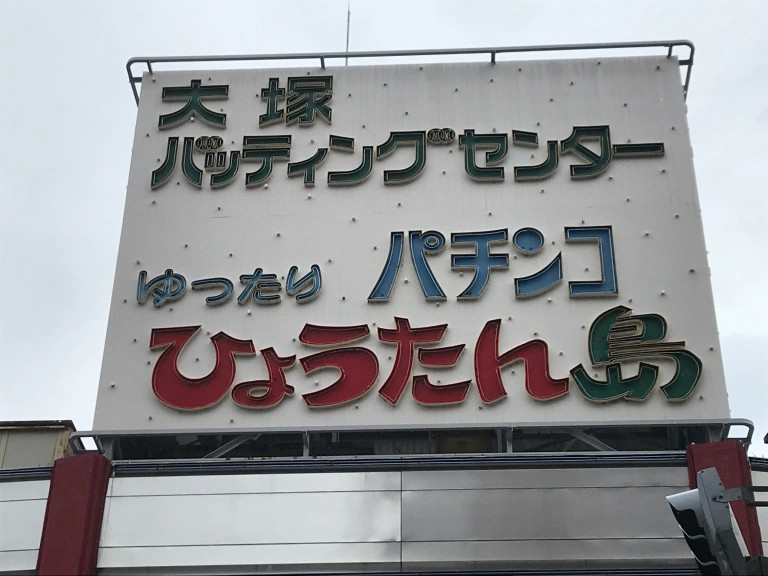
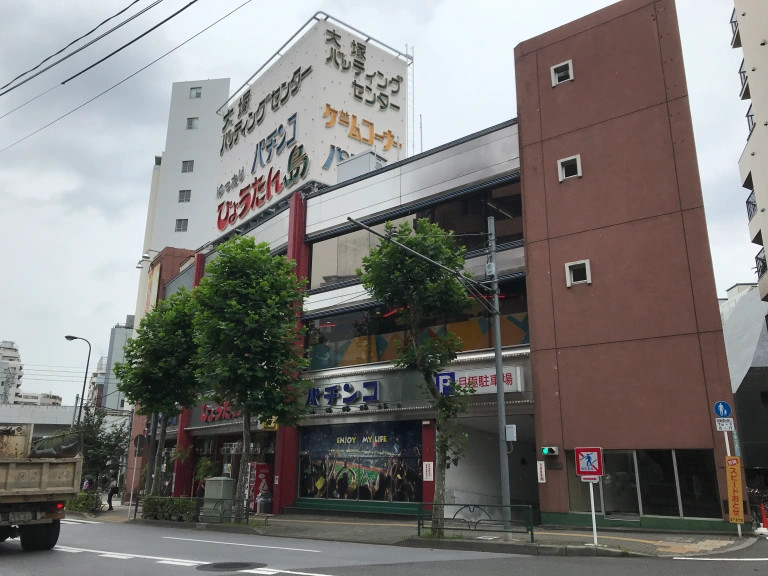
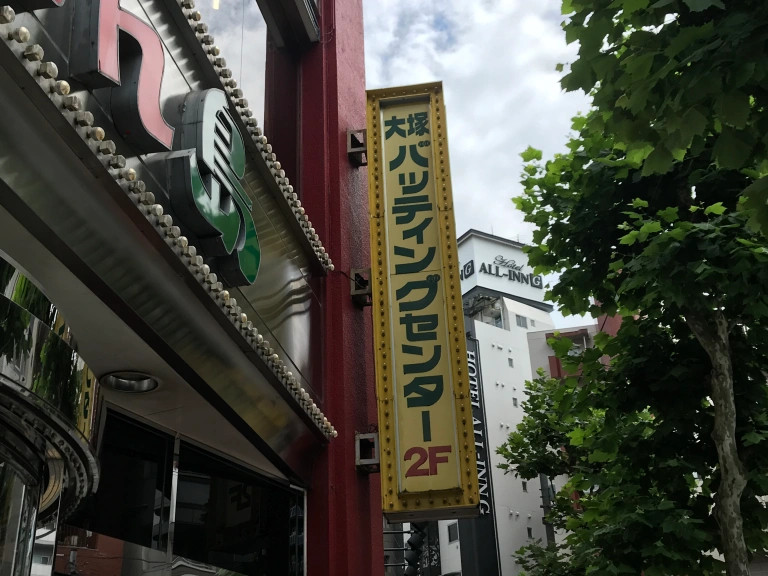
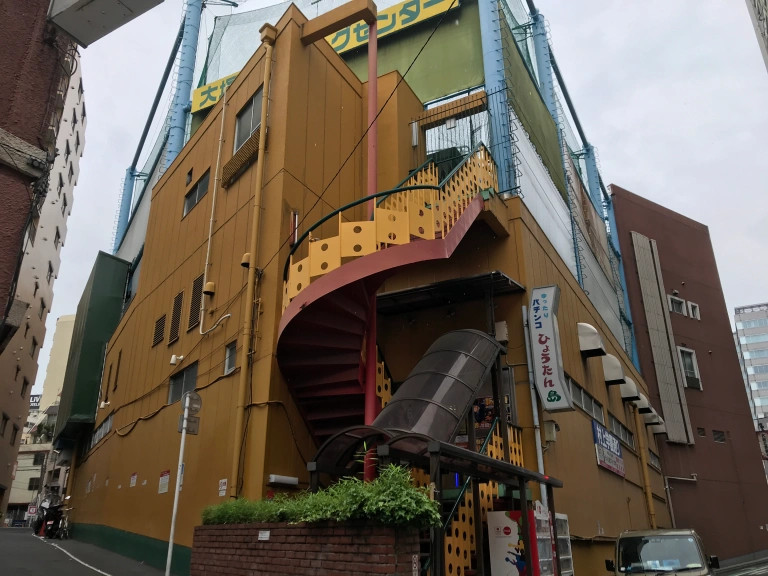
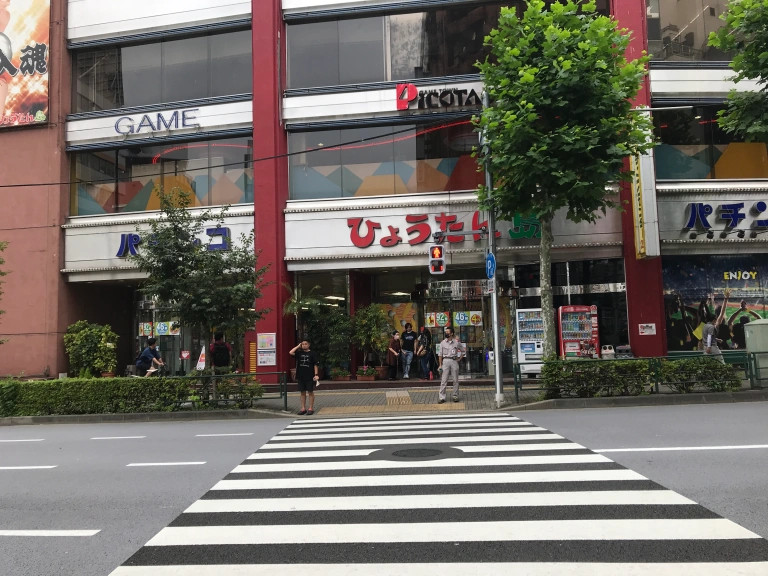
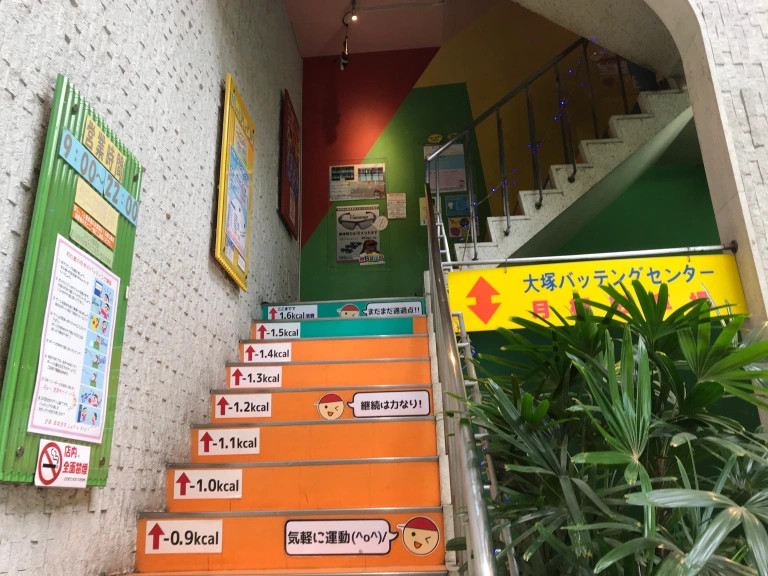
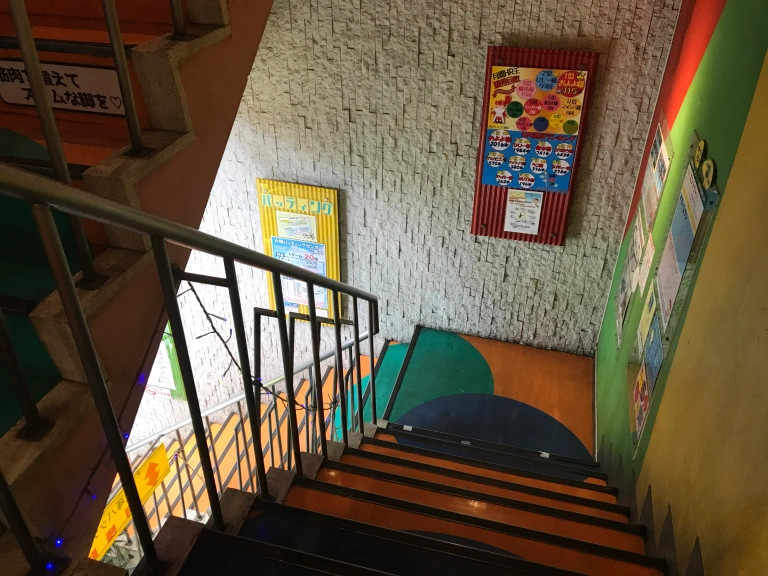
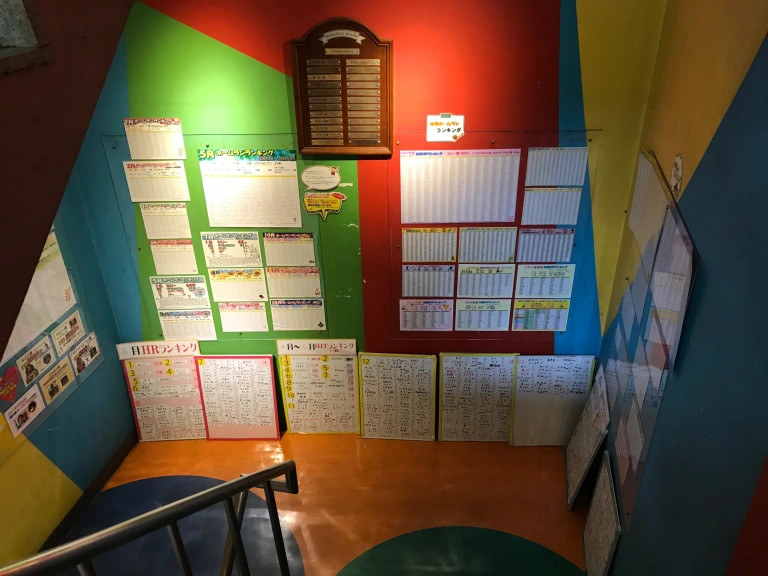
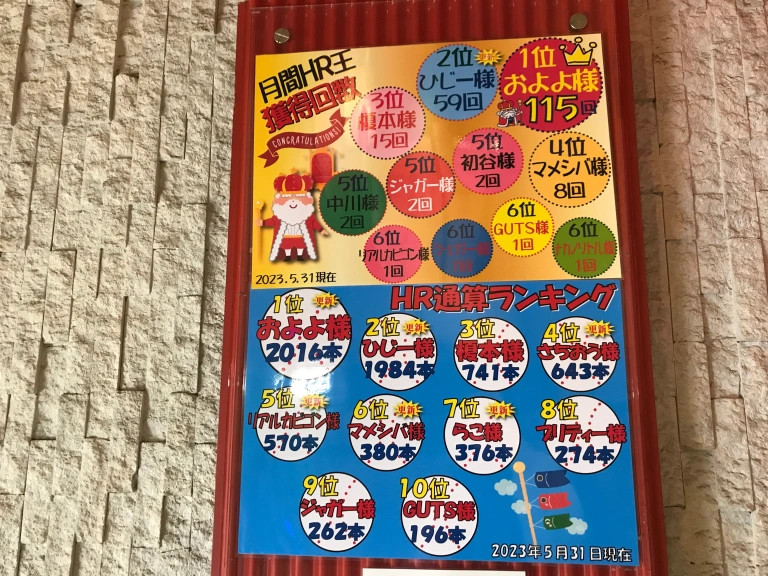
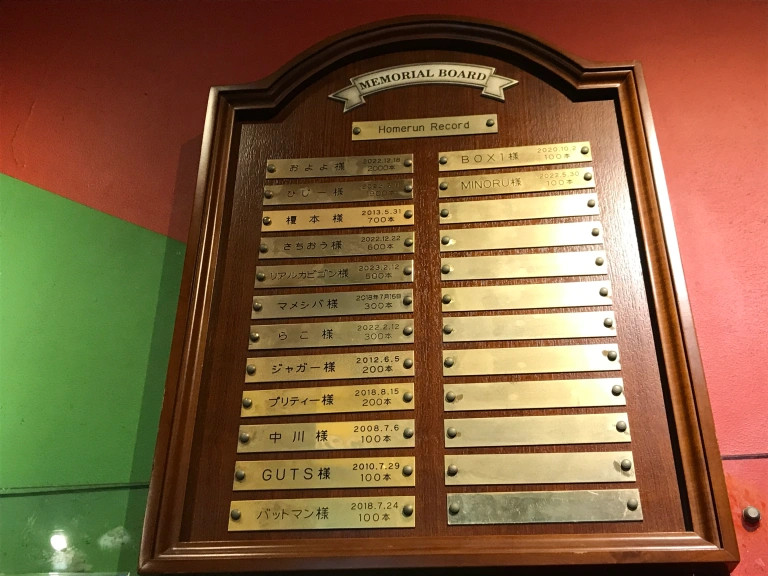
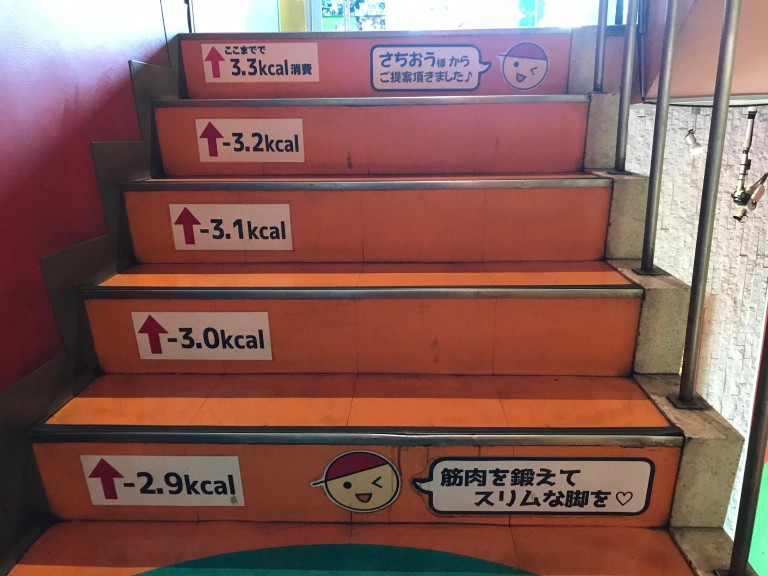
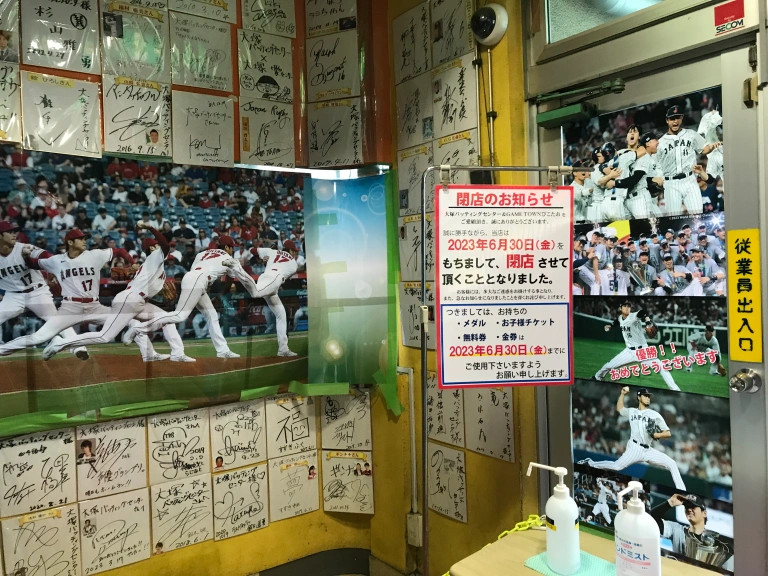
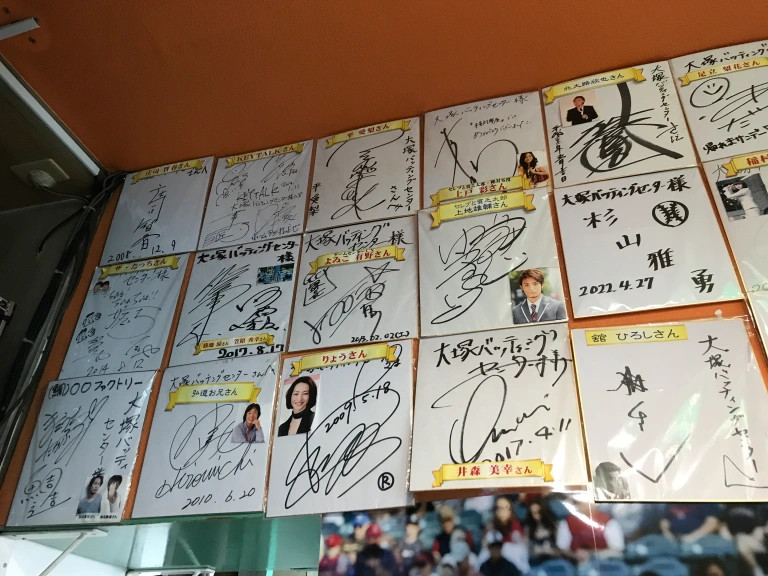
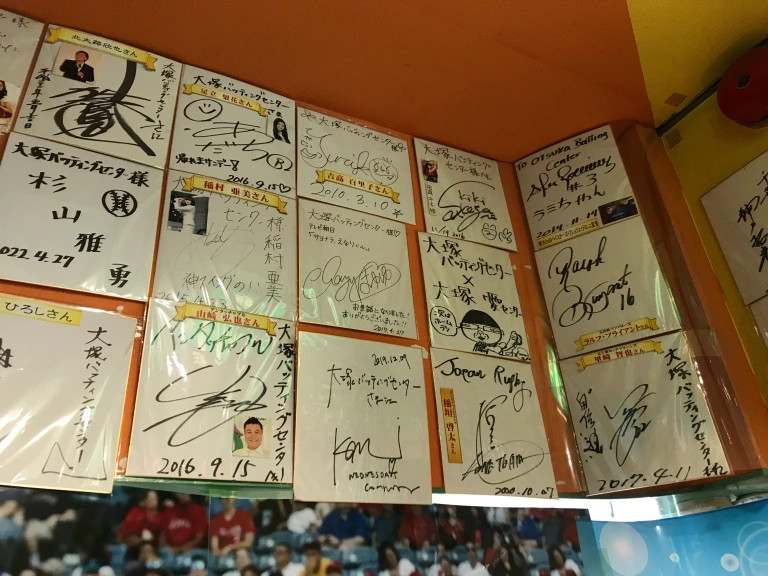
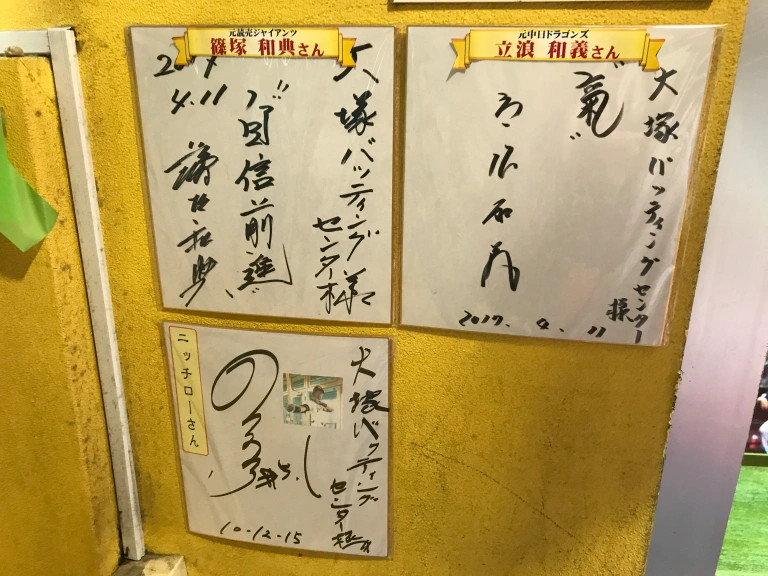
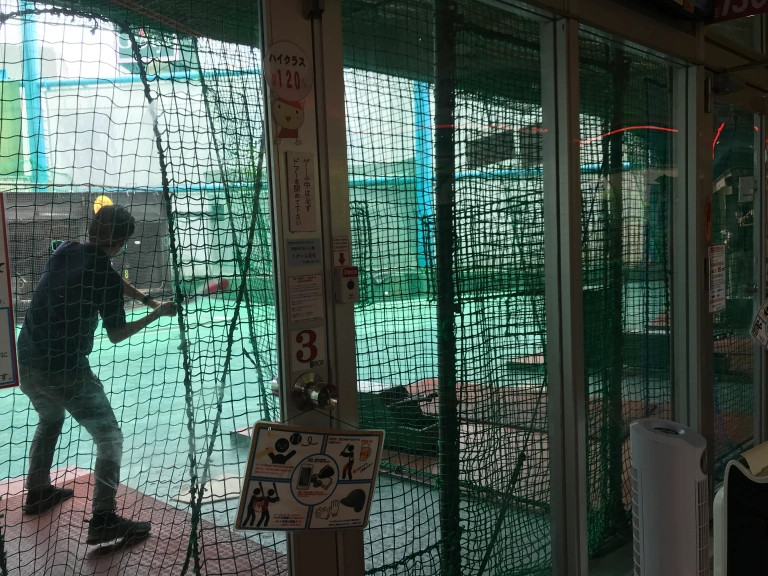
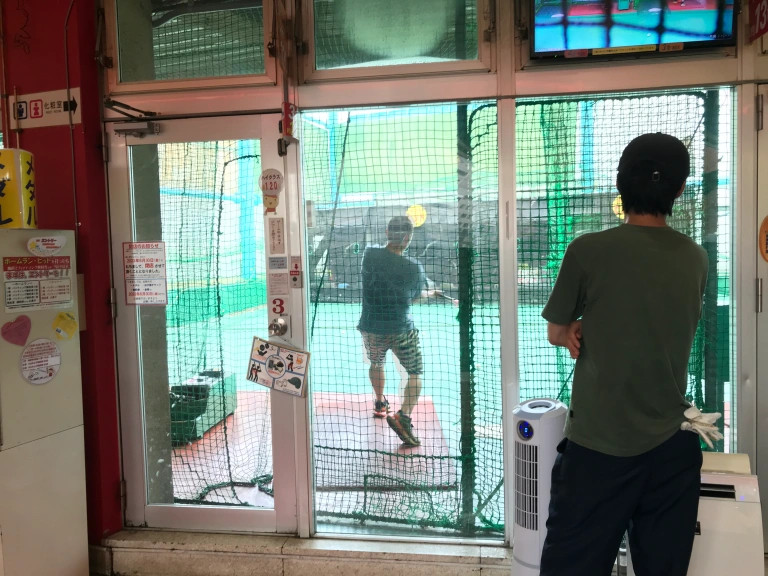
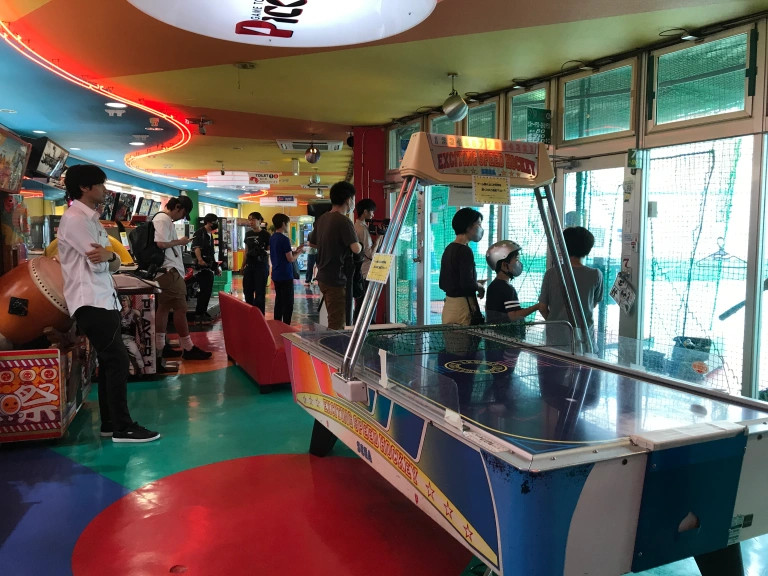
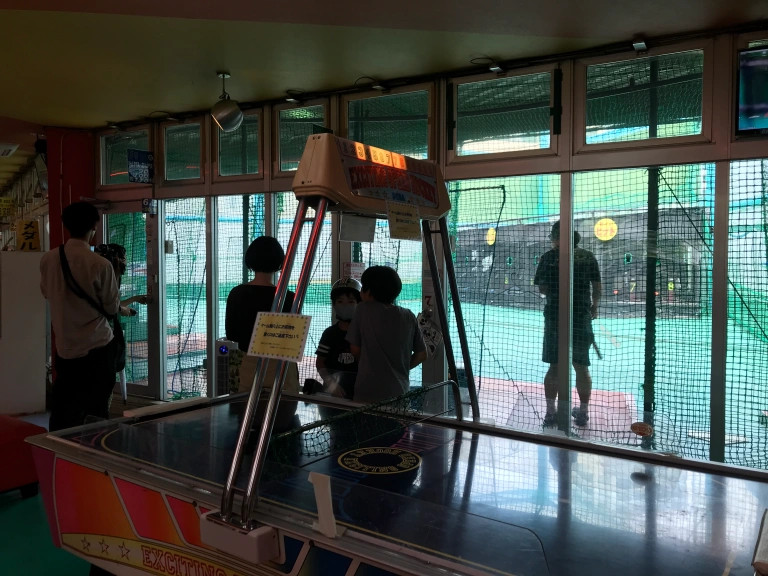
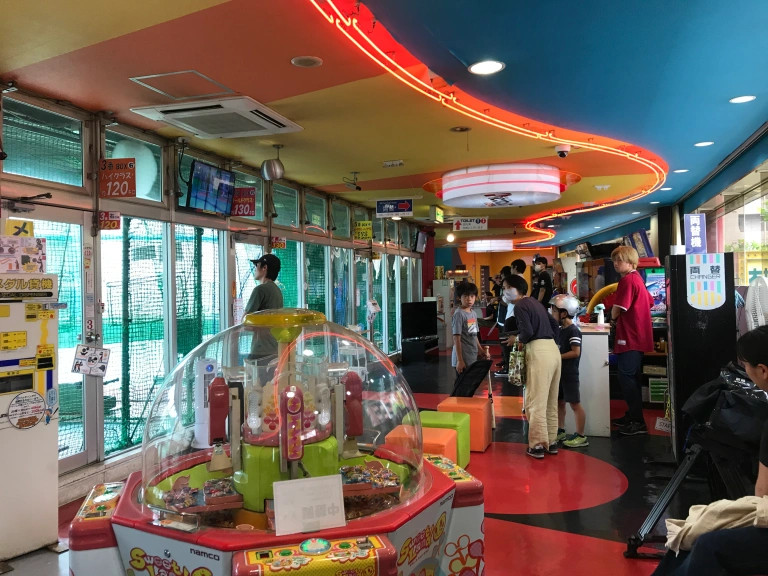
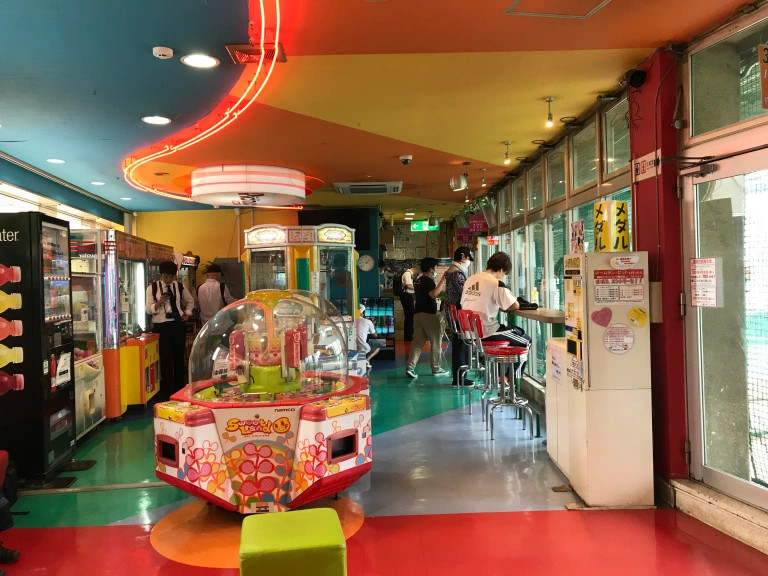
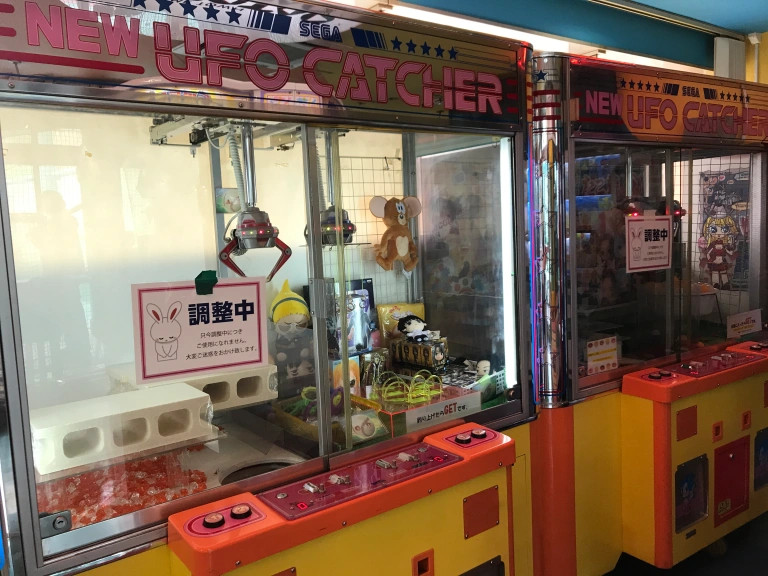
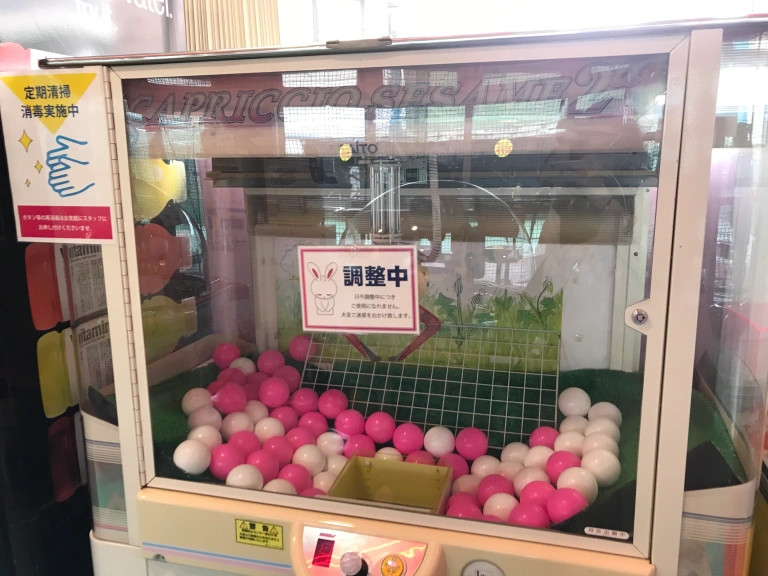
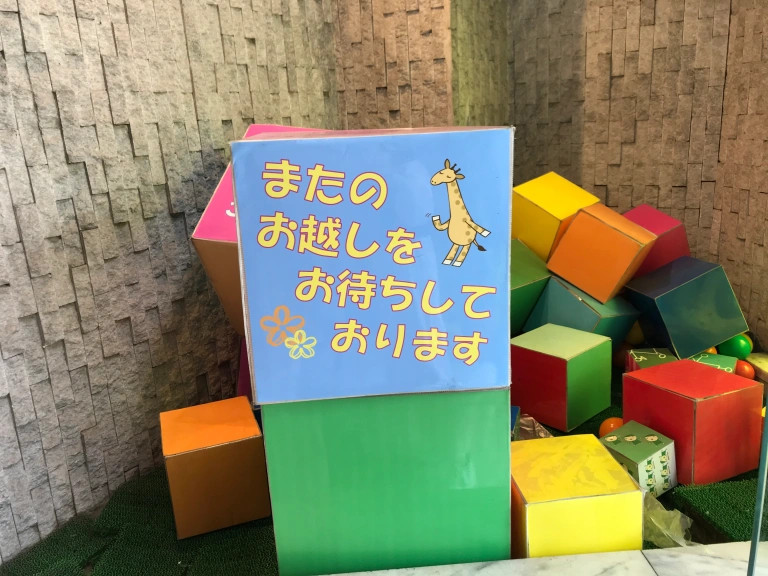
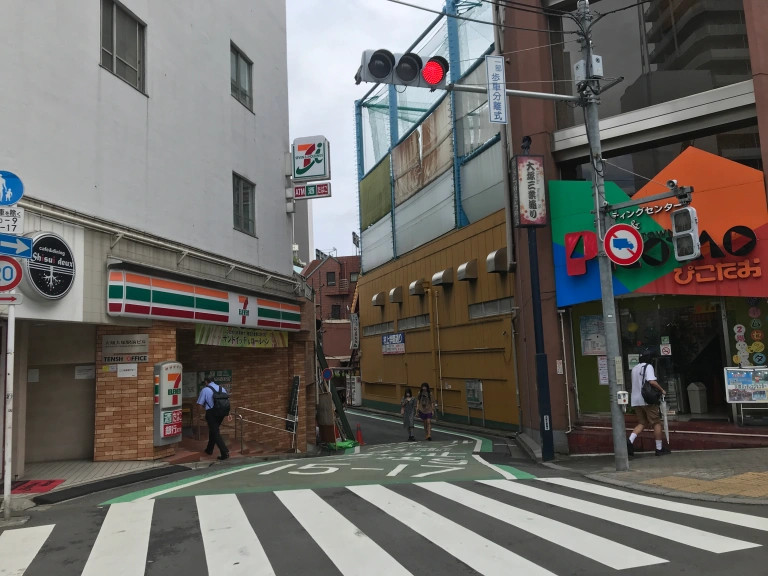
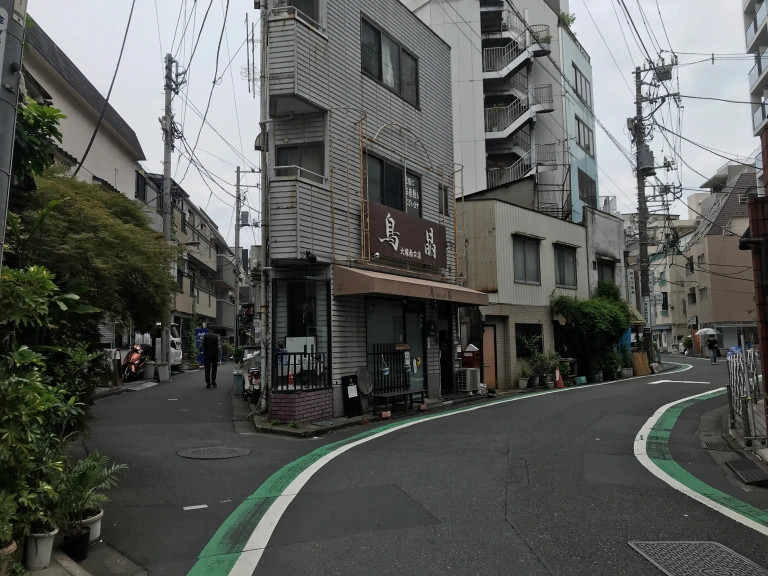
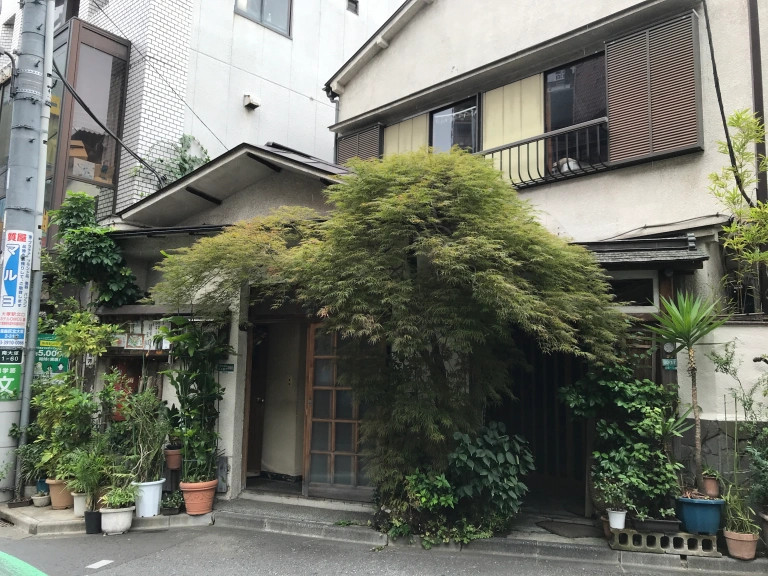
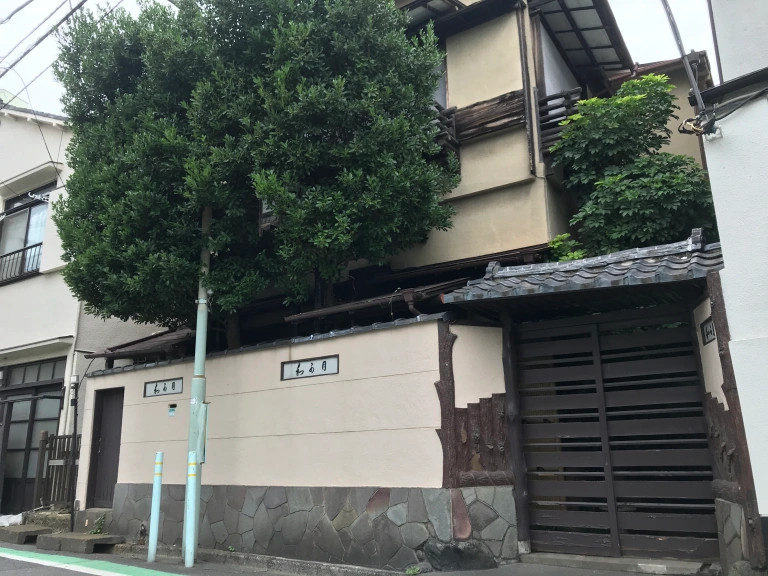
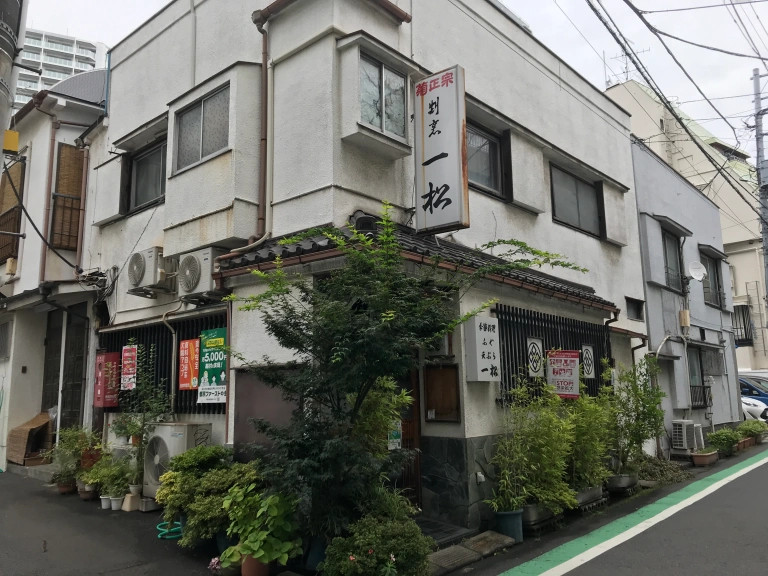
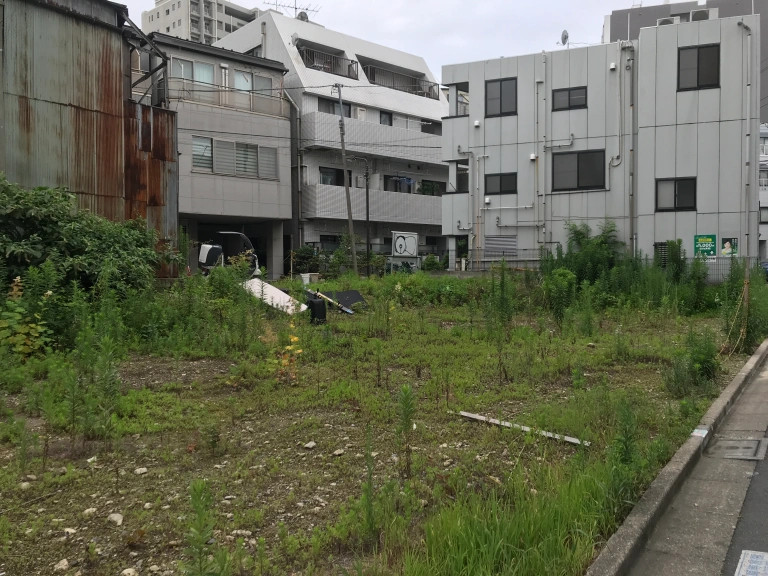
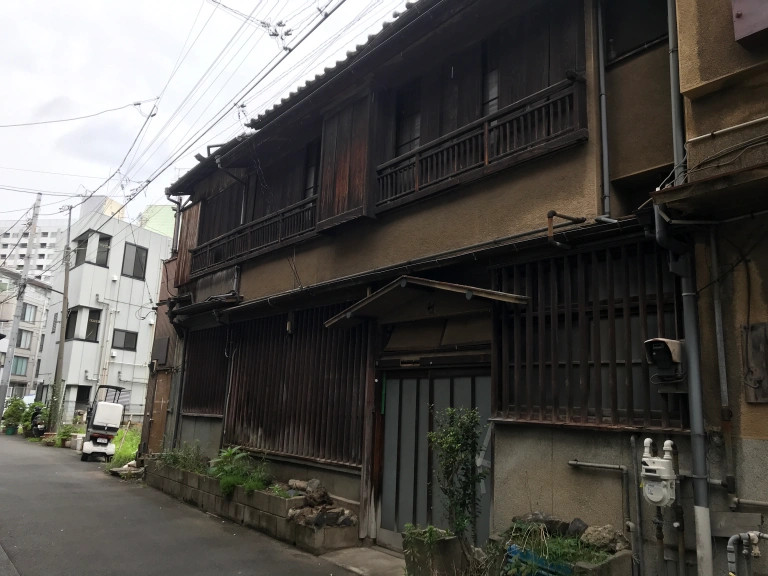
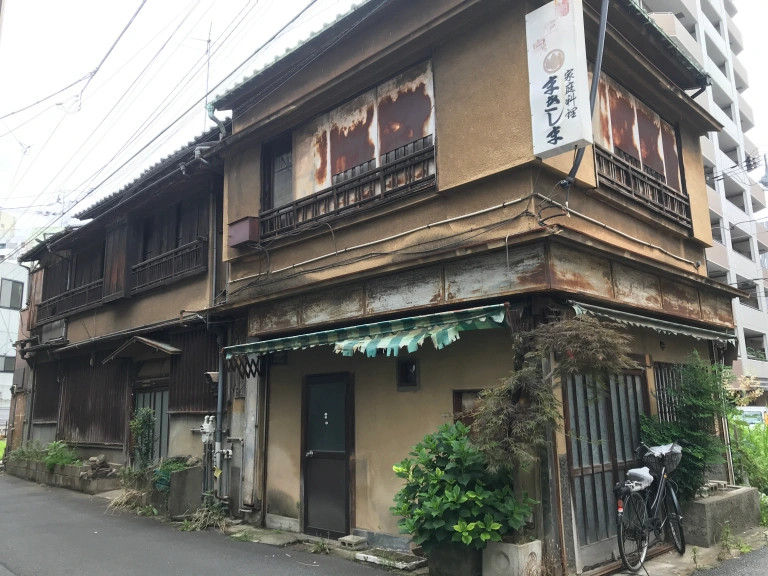
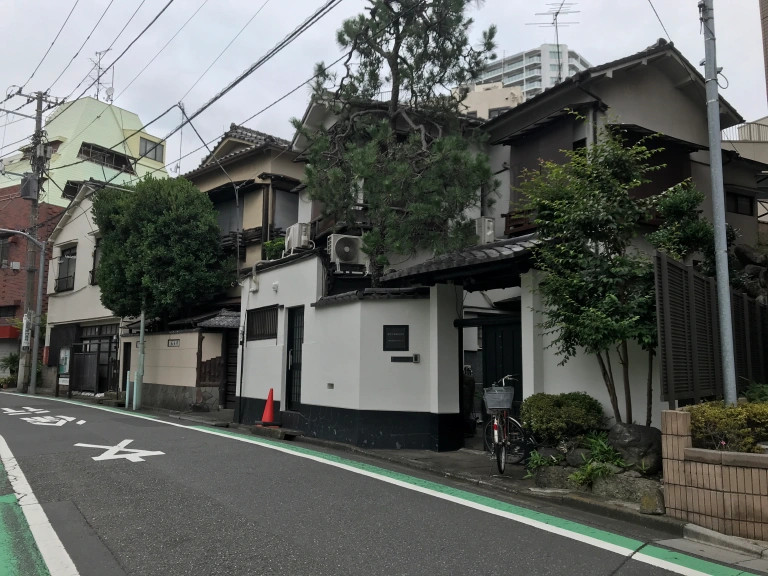
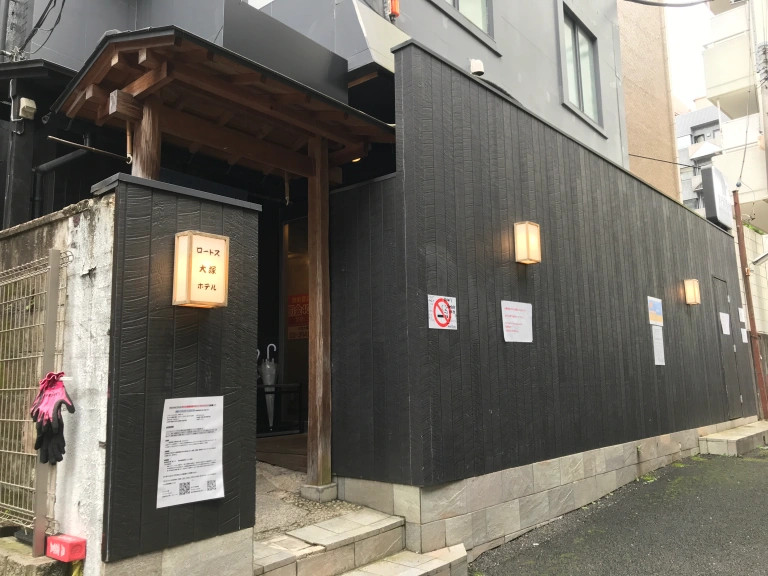
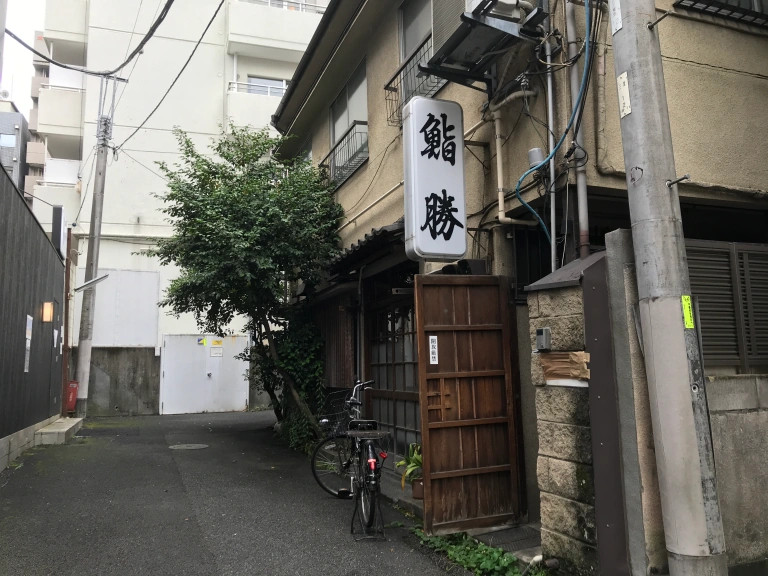
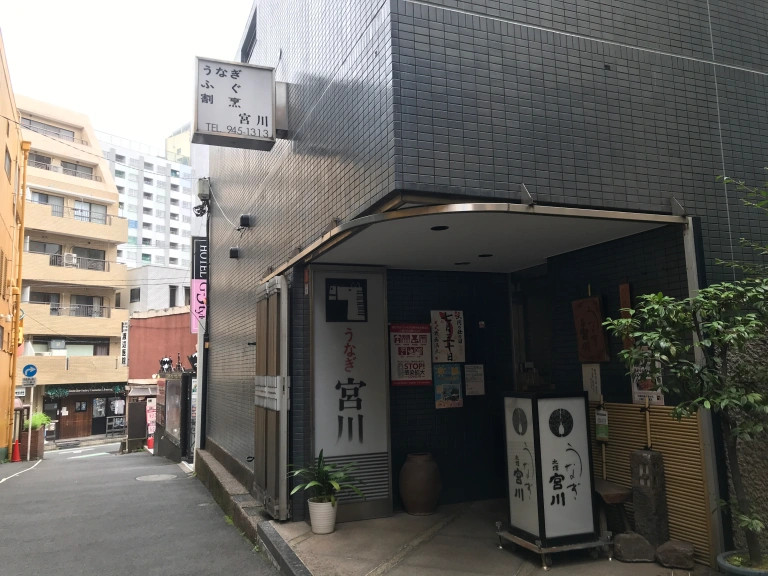
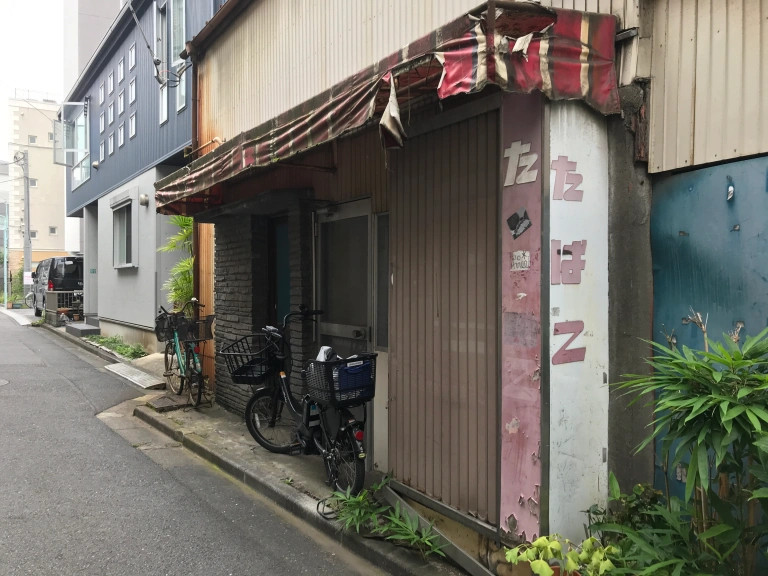
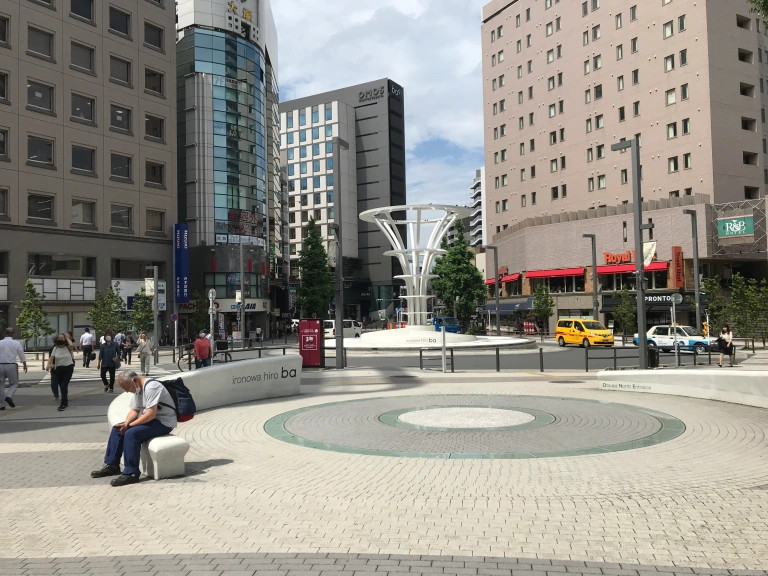
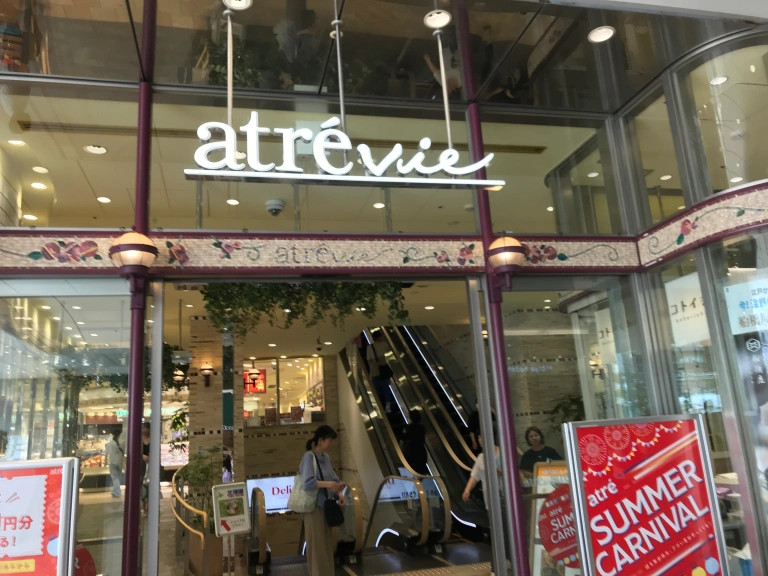
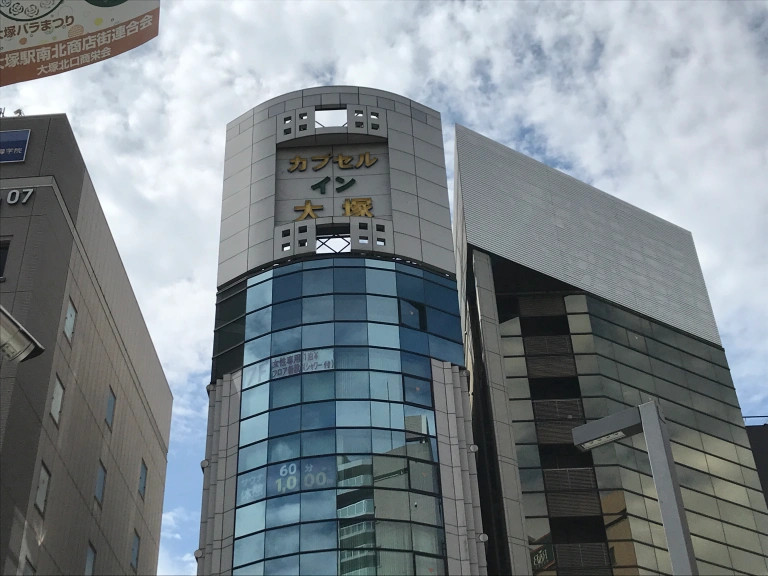
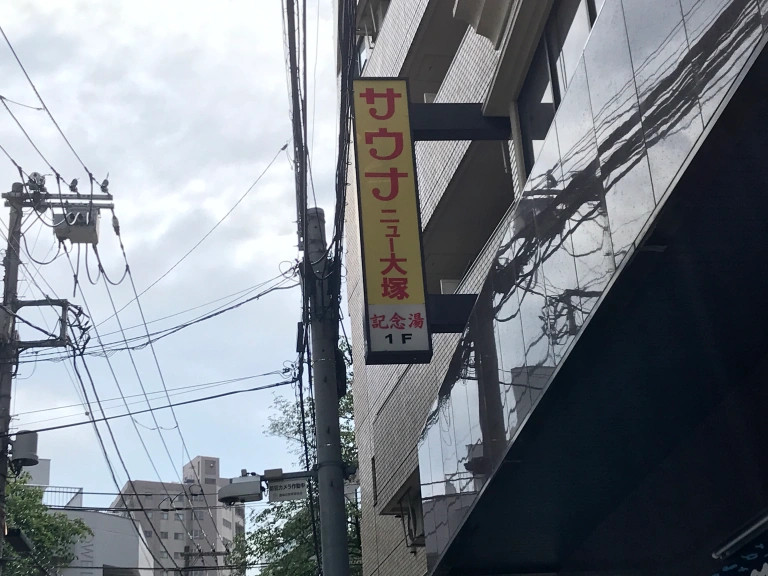
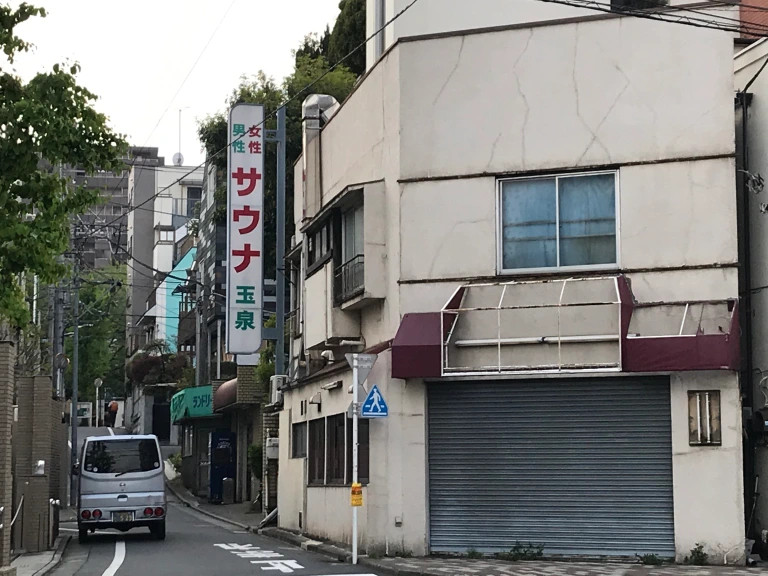
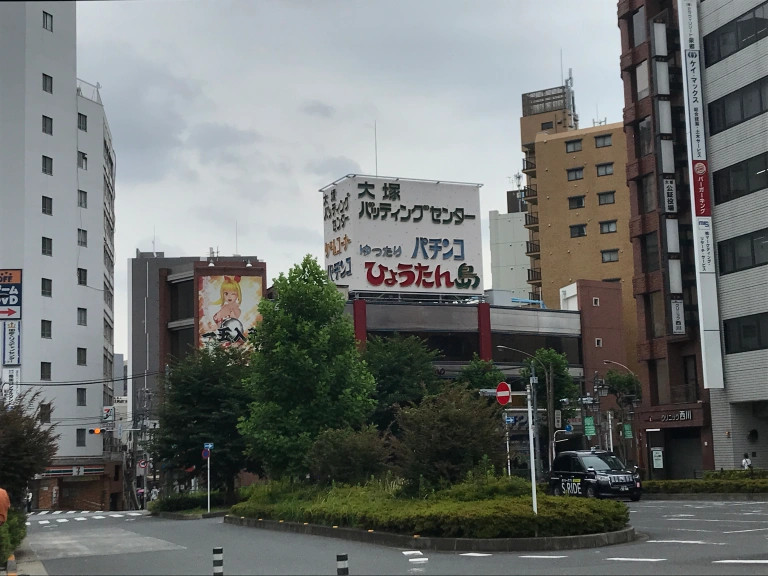
 End-of-the-line exploring in Japan: Visiting Hashimoto Station
End-of-the-line exploring in Japan: Visiting Hashimoto Station Soup curry and onigiri for breakfast at a super tasty semi-secret spot in Tokyo’s Shinjuku
Soup curry and onigiri for breakfast at a super tasty semi-secret spot in Tokyo’s Shinjuku Reports of the death of Tokyo’s Daikanyama neighborhood have been greatly exaggerated
Reports of the death of Tokyo’s Daikanyama neighborhood have been greatly exaggerated Japan’s 10 best restaurants, as chosen by foreign travelers
Japan’s 10 best restaurants, as chosen by foreign travelers What’s it like traversing Tokyo using only wheelchair accessible routes?
What’s it like traversing Tokyo using only wheelchair accessible routes? Foreigner’s request for help in Tokyo makes us sad for the state of society
Foreigner’s request for help in Tokyo makes us sad for the state of society Japan’s summertime towelket pillowcases are even better with the addition of Ghibli stars【Photos】
Japan’s summertime towelket pillowcases are even better with the addition of Ghibli stars【Photos】 Should you add tartar sauce to Japanese curry rice? CoCo Ichi makes diners an unusual offer
Should you add tartar sauce to Japanese curry rice? CoCo Ichi makes diners an unusual offer Seaside scenery, history, and so many desserts on Yokohama’s Akai Kutsu【Japan Loop Buses】
Seaside scenery, history, and so many desserts on Yokohama’s Akai Kutsu【Japan Loop Buses】 Japanese city loses residents’ personal data, which was on paper being transported on a windy day
Japanese city loses residents’ personal data, which was on paper being transported on a windy day Suntory x Super Mario collaboration creates a clever way to transform into Mario【Videos】
Suntory x Super Mario collaboration creates a clever way to transform into Mario【Videos】 10 crazy pizzas from Japan
10 crazy pizzas from Japan Japan’s massive matcha parfait weighs 6 kilos, contains hidden surprises for anyone who eats it
Japan’s massive matcha parfait weighs 6 kilos, contains hidden surprises for anyone who eats it Energy Milk from Japan is the new way to power up your day
Energy Milk from Japan is the new way to power up your day The 10 best anime of the fall season, according to Japanese otaku
The 10 best anime of the fall season, according to Japanese otaku McDonald’s new Happy Meals offer up cute and practical Sanrio lifestyle goods
McDonald’s new Happy Meals offer up cute and practical Sanrio lifestyle goods Japanese ramen restaurants under pressure from new yen banknotes
Japanese ramen restaurants under pressure from new yen banknotes French Fries Bread in Tokyo’s Shibuya becomes a hit on social media
French Fries Bread in Tokyo’s Shibuya becomes a hit on social media Studio Ghibli releases new action figures featuring Nausicaä of the Valley of the Wind characters
Studio Ghibli releases new action figures featuring Nausicaä of the Valley of the Wind characters Red light district sushi restaurant in Tokyo shows us just how wrong we were about it
Red light district sushi restaurant in Tokyo shows us just how wrong we were about it New private rooms on Tokaido Shinkansen change the way we travel from Tokyo to Kyoto
New private rooms on Tokaido Shinkansen change the way we travel from Tokyo to Kyoto Tokyo Tsukiji fish market site to be redeveloped with 50,000-seat stadium, hotel, shopping center
Tokyo Tsukiji fish market site to be redeveloped with 50,000-seat stadium, hotel, shopping center Beautiful Ghibli sealing wax kits let you create accessories and elegant letter decorations【Pics】
Beautiful Ghibli sealing wax kits let you create accessories and elegant letter decorations【Pics】 Studio Ghibli releases Kiki’s Delivery Service chocolate cake pouches in Japan
Studio Ghibli releases Kiki’s Delivery Service chocolate cake pouches in Japan New definition of “Japanese whiskey” goes into effect to prevent fakes from fooling overseas buyers
New definition of “Japanese whiskey” goes into effect to prevent fakes from fooling overseas buyers Our Japanese reporter visits Costco in the U.S., finds super American and very Japanese things
Our Japanese reporter visits Costco in the U.S., finds super American and very Japanese things All-you-can-drink Starbucks and amazing views part of Tokyo’s new 170 meter-high sky lounge
All-you-can-drink Starbucks and amazing views part of Tokyo’s new 170 meter-high sky lounge More foreign tourists than ever before in history visited Japan last month
More foreign tourists than ever before in history visited Japan last month New Pokémon cakes let you eat your way through Pikachu and all the Eevee evolutions
New Pokémon cakes let you eat your way through Pikachu and all the Eevee evolutions Disney princesses get official manga makeovers for Manga Princess Cafe opening in Tokyo
Disney princesses get official manga makeovers for Manga Princess Cafe opening in Tokyo Sales of Japan’s most convenient train ticket/shopping payment cards suspended indefinitely
Sales of Japan’s most convenient train ticket/shopping payment cards suspended indefinitely Sold-out Studio Ghibli desktop humidifiers are back so Totoro can help you through the dry season
Sold-out Studio Ghibli desktop humidifiers are back so Totoro can help you through the dry season Japanese government to make first change to romanization spelling rules since the 1950s
Japanese government to make first change to romanization spelling rules since the 1950s Ghibli founders Toshio Suzuki and Hayao Miyazaki contribute to Japanese whisky Totoro label design
Ghibli founders Toshio Suzuki and Hayao Miyazaki contribute to Japanese whisky Totoro label design Doraemon found buried at sea as scene from 1993 anime becomes real life【Photos】
Doraemon found buried at sea as scene from 1993 anime becomes real life【Photos】 Tokyo’s most famous Starbucks is closed
Tokyo’s most famous Starbucks is closed One Piece characters’ nationalities revealed, but fans have mixed opinions
One Piece characters’ nationalities revealed, but fans have mixed opinions We asked a Uniqlo employee what four things we should buy and their suggestions didn’t disappoint
We asked a Uniqlo employee what four things we should buy and their suggestions didn’t disappoint Princesses, fruits, and blacksmiths: Study reveals the 30 most unusual family names in Japan
Princesses, fruits, and blacksmiths: Study reveals the 30 most unusual family names in Japan Onigiri good enough to get off the train for: We tried the food at Bongo and it was amazing!
Onigiri good enough to get off the train for: We tried the food at Bongo and it was amazing! Do Tokyo’s Reversible Destiny Lofts really hold the power to reverse your destiny?
Do Tokyo’s Reversible Destiny Lofts really hold the power to reverse your destiny? Shop in Tokyo’s Chinatown has TWENTY kinds of delicious homemade steamed buns
Shop in Tokyo’s Chinatown has TWENTY kinds of delicious homemade steamed buns We get a rare whiff of the corpse flower, a.k.a. the world’s stinkiest flower, in Tokyo botanical garden
We get a rare whiff of the corpse flower, a.k.a. the world’s stinkiest flower, in Tokyo botanical garden Cruising around Gunkanjima, Japan’s otherworldly “Battleship Island”【Photos】
Cruising around Gunkanjima, Japan’s otherworldly “Battleship Island”【Photos】 Three things we loved about Fujiya’s frozen sweets vending machine in Tokyo
Three things we loved about Fujiya’s frozen sweets vending machine in Tokyo Take it from a local: This resort island off the coast of Nagasaki is totally worth a side trip
Take it from a local: This resort island off the coast of Nagasaki is totally worth a side trip House hunting? Here are some tips that might prevent headaches and frustrations
House hunting? Here are some tips that might prevent headaches and frustrations We book a night in a bookshelf at Book and Bed in Shinjuku
We book a night in a bookshelf at Book and Bed in Shinjuku School kids in Japan build incredible working tea cup rides for school festivals
School kids in Japan build incredible working tea cup rides for school festivals BonAppetour startup lets you cook and dine with Tokyo locals in their homes
BonAppetour startup lets you cook and dine with Tokyo locals in their homes On-warabimochi: A delicious Japanese dessert you should only eat with people who already love you
On-warabimochi: A delicious Japanese dessert you should only eat with people who already love you A visit to T-CAT, Tokyo’s often forgotten City Air Terminal【Photos】
A visit to T-CAT, Tokyo’s often forgotten City Air Terminal【Photos】 Hello Kitty doesn’t have a mouth, so how does she video chat with fans? We find out!
Hello Kitty doesn’t have a mouth, so how does she video chat with fans? We find out!
Leave a Reply